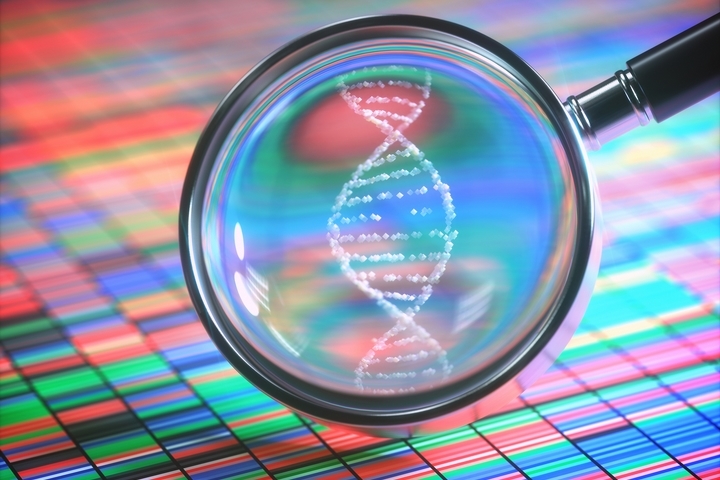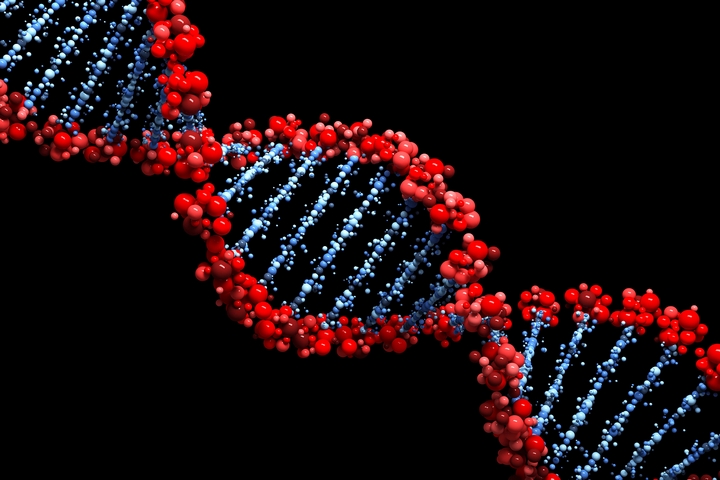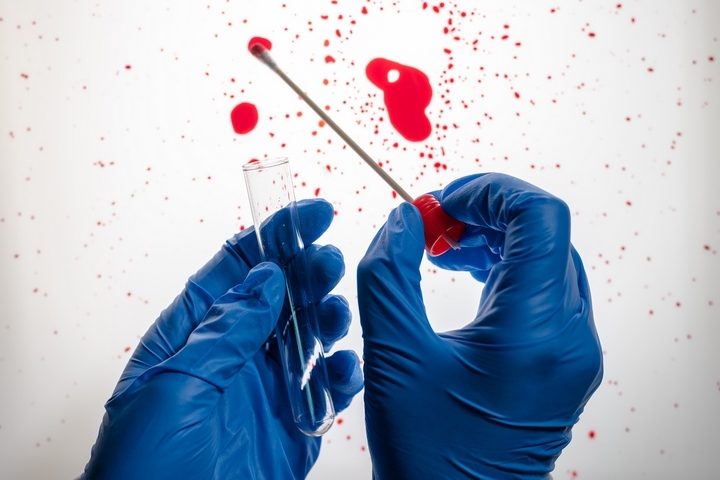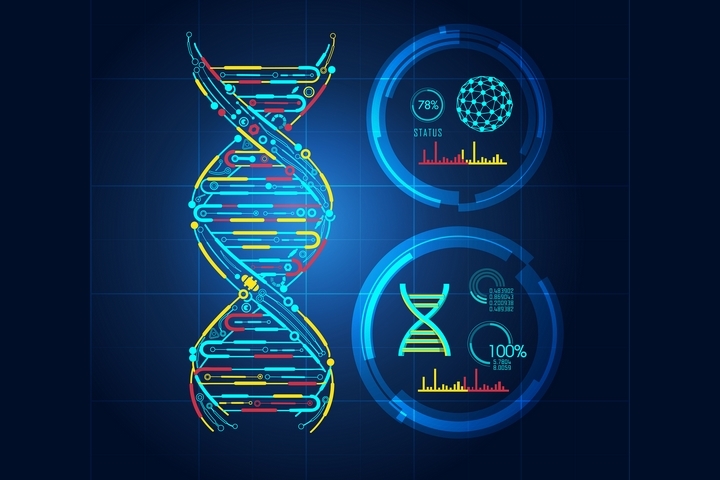Genealogical testing, using DNA to determine your ancestry, has become quite popular in the past few years. The process is quite simple, first order a testing kit online, provide a sample for the lab to analyze and read your genealogical testing results. If you are considering getting a genealogical DNA test, below are five facts related to DNA testing.
1. What is Genealogical DNA Testing?

Essentially, genealogical DNA testing uses your DNA to describe your evolutionary and geographical background and origins. Some may equate genealogical DNA testing results as your race or ethnicity, however, this is incorrect. Scientists indicate that your genealogical DNA test tells you much more based on expansive science and history knowledge, your results cannot be reduced to merely one race or ethnicity alone.
In fact, DNA testing is not designed to specify your race. Rather, it is a summary of your ancestry which has a broader and different meaning. The reason why genealogical DNA testing cannot confirm your race or ethnicity is because of the complex anthropological history of human migration patterns. This information, particularly pertaining to your individual results, is difficult to summarize simply as one mutually exclusive race or ethnicity.
2. Types of Genealogical DNA Testing

There are three types of DNA tests that can be done when performing genealogical or other DNA research: y-chromosome, mitochondrial and autosomal tests. Each test analyzes a different component of your DNA.
A y-chromosome test compares a male’s y-chromosome marker to other males who have also been tested and finds matches to the same or similar y-chromosomes. Mitochondrial DNA tests compare mitochondria in a person’s DNA to others who have been tested. Lastly, autosomal DNA tests compare your autosomal DNA with anyone else’s and estimates relationships based on the level of shared DNA.
A Y-chromosome testing is not available to women because they only have x-chromosomes in their DNA. Mitochondrial testing information is relevant to the maternal lineage only, everyone has mitochondrial DNA which is inherited through mothers. Autosomal DNA matches are most accurate when looking back about six generation.
Another type of DNA testing is called x-chromosome testing which is used as a part of autosomal DNA testing. This test uses the x-chromosome in DNA to specify the inheritance pattern. Men only inherit x-chromosomes from their mothers whereas women inherit x-chromosomes from both their mother and father.
3. DNA Testing Accuracy

It is not possible to have 100% accurate results, unfortunately. The only way for analysts to have 100% accuracy is if there was a DNA sample in their database for comparison of every individual in the past 200,000 years. Although, DNA sample databases have ample information to determine your ancestry results.
In addition, the other methods that scientists use, such as pattern observation, statistics and historical reference, make the genealogical DNA test results approximately 99% accurate. That is pretty close to 100% accuracy!
4. Other DNA Test Uses

DNA testing is used for a variety of things other than genealogical reasons. Testing DNA can be used for the following purposes: paternity tests, criminal investigations, disease cure research and development, prenatal genetic testing for health issues in an unborn child and even for new species in outer space! Modern science has allowed us to collect and store information about DNA which provides a database for scientists to use in their historical, anthropological and scientific research.
5. What contains DNA?

Common DNA testing kits use cheek swabs or saliva samples to extract your DNA. It is possible to extract DNA from nearly any human sample including, nails, blood, sperm or hair. It is also possible to extract DNA from objects which have come into contact with saliva, blood or any other bodily fluid that contains DNA.

